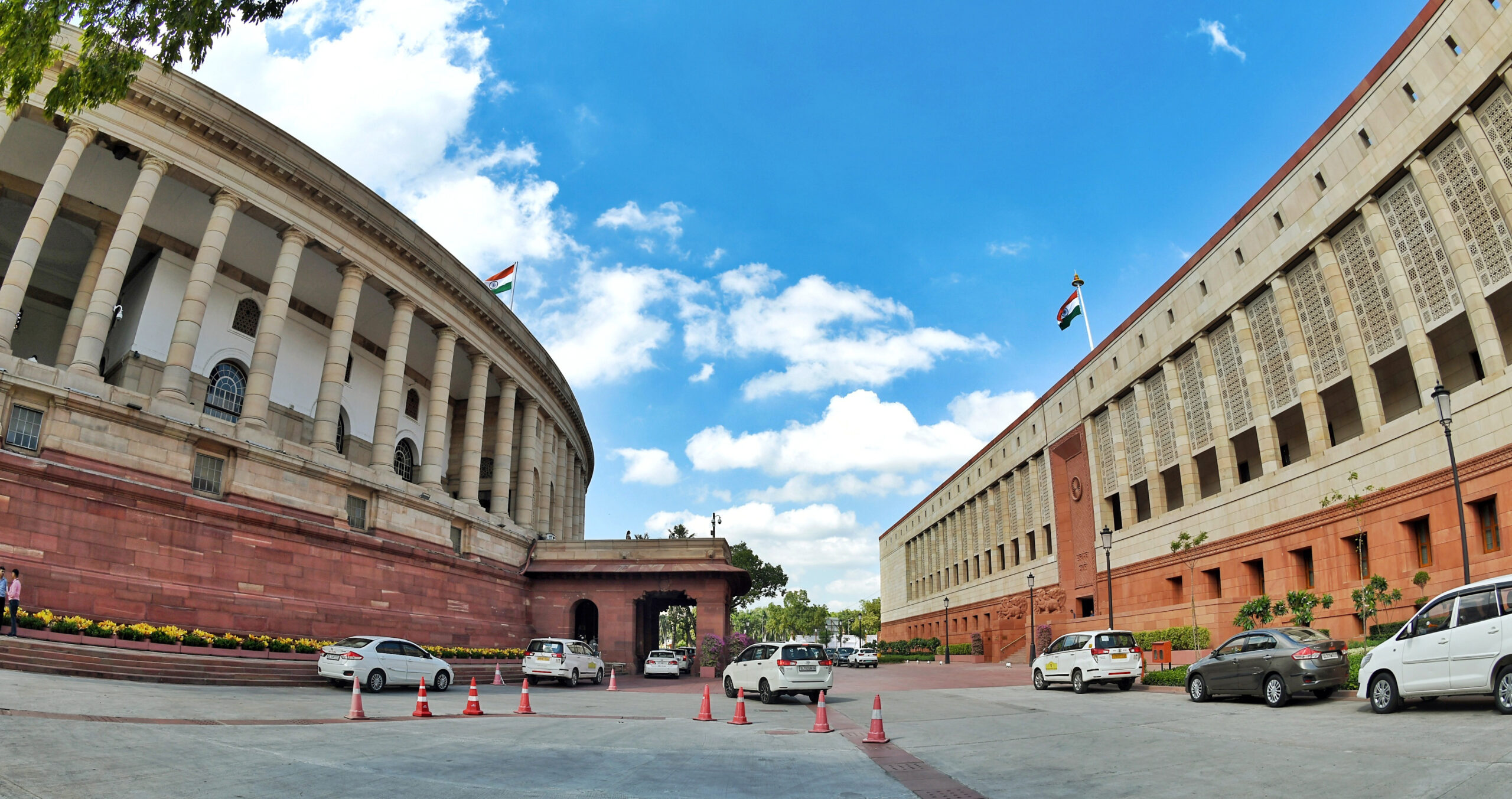
On February 12, 1921, the British Duke of Connaught set the cornerstone for Parliament House, declaring that it would serve as a “symbol of India’s rebirth to yet higher destinies”, 26 years before India attained independence.
It took six years for the construction work of the Parliament House to complete. The then viceroy and governor-general of India, Lord Irwin, inaugurated the Indian Parliament during its opening ceremony on 18 January 1927. Designed by British architects Edwin Lutyens and Herbert Baker in 1912-1913 as part of their wider mandate to construct a new administrative capital city for India, the Parliament of India was originally called the House of Parliament.
The old Parliament, which has been around for a century, is the shrine of Indian democracy. On April 8, 1929, rebels Bhagat Singh and Batukeshwar Dutt shook the old Parliament, which was ruled by the British Raj. The Hindustan Socialist Republican Army (HSRA)’s message was printed on red flyers that the two freedom fighters dropped from the Visitors’ Galleries. When Sir John Allsebrook Simon and other people were in the Central Legislative Assembly, Singh and Dutt detonated bombs. Strong protests against the Simon Commission spread throughout the nation, and “Simon Go Back” emerged as one of the most potent catchphrases of pre-Independent India.
The Lahore edition of The Tribune published a front-page article about the freedom fighters on June 8, 1929, with subheadlines that included quotes from them, including: “We wanted to make deaf hear,” “No faith in utopian non-violence,” “Assembly is only a hollow show,” and “We could have ambushed Simon, but that was not our intention.” Following the incident, Singh and Dutt both turned themselves up, and according to newspaper accounts, they claimed that it was only a “danger signal to the government” to “change the system of administration.” In order to spread awareness of their cause and philosophy among the populace, they planned to get arrested and use the trial court as a platform for propaganda. In the Assembly Bomb Case, Singh and Dutt were tried.
The odyssey of the Old Parliament is not just its architectural splendor but also its storied legacy, as it is a historical landmark that has steered India’s fate before and after Independence for more than nine and a half decades. Under the reign of King George V, it symbolises the change of the imperial capital’s relocation from Calcutta to Delhi. We must keep in mind the narrative, ethos, and democratic values that the Parliament building, which was created as part of a bigger mandate and symbolising India’s holy tryst with independence, envisioned for India post-Independence.
The famous “Tryst with Destiny” address given by the first Indian prime minister Jawaharlal Nehru on August 15, 1947, reverberated throughout the now-designated “Old” Parliament building. At the start of independence, the Constituent Assembly transferred power during a midnight session.
New Parliament at a glance
1. Greater seating capacity: The Lok Sabha will be able to hold 888 Members of Parliament (MPs) in the new Parliament building. Similar to the new Lok Sabha, the new Rajya Sabha will include 384 seats to accommodate the demand for greater space for future MPs.
2. There will be no Central Hall in the new Parliament House, unlike the previous structure. Joint sessions will no longer require additional seats because the Lok Sabha Hall in the new Parliament House is being built to accommodate them.
3. Earthquake-proof construction: The new Parliament building has been built to withstand earthquakes in light of Delhi’s increased seismic activity. It will be strengthened to withstand powerful shocks in Zone 5, ensuring the occupants’ safety.
4. Peacock and Lotus Flower Theme: The Lok Sabha and Rajya Sabha in the new Parliament House will showcase distinct themes. The Lok Sabha will incorporate the national bird, the Peacock, while the Rajya Sabha will feature the national flower, the Lotus, in their respective structures
5. Modern technological facilities: Each MP seat in the new Parliament House will have a multimedia display in front of it to improve the technological capabilities of the House. It is the first Parliament building built after India’s independence.